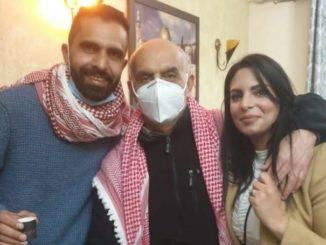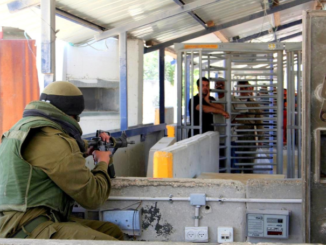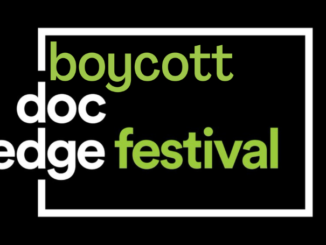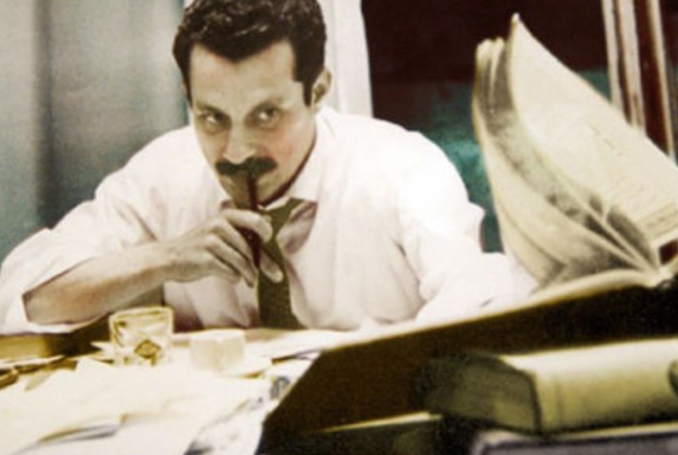
By Benay Blend
Kanafani’s ability to transform the suffering of the Palestinian people into resistance literature proved a serious threat to the Zionist state.
Assassinated in Beirut on July 8, 1972, by Israeli agents, Ghassan Kanafani served as a Palestinian journalist, author and artist, member of the PFLP’s Politbureau, and spokesman for the Palestinian Front for the Liberation of Palestine (PFLP). His ability to transform the suffering of the Palestinian people into resistance literature proved a serious threat to the Zionist state.
Born in Acre, Palestine, on April 9, 1936, Kanafani fled with his family in May 1948 during the Nakba (catastrophe), first to Lebanon and later to Syria. He resided in Damascus, then Kuwait followed by Beirut, where he and his young niece Lamis were killed by a car bomb planted by Israeli forces.
In her study Imagining Palestine: Cultures of Exile and National Identity (2023), Tahrir Hamdi writes that “national identity is constructed, imagined and dynamic rather than essential and static” (p. 5). While the ethnic cleansing of ’48 creates a culture that is shared among the exiled, it is part of a “continuing trauma” (p. 10), and that is why Kanafani’s legacy continues to be so urgent.
In a letter to Mustafa, reprinted by the PFLP, Kanafani told his friend why he would not be following him to California, “the land where there is greenery, water and lovely faces.” His mind had changed when he went to visit his niece Nadia in a Gaza hospital, where she was recovering from an injury caused by Israeli bombs.
“My friend…Never shall I forget Nadia’s leg, amputated from the top of the thigh.” Although filled with grief, Kanafani left the hospital to view the city in a different way: “Everything in this Gaza throbbed with sadness which was not confined to weeping. It was a challenge: more than that it was something like reclamation of the amputated leg!”
For Kanafani’s family, the Nakba was more than a past event that led to the expulsion of his family, but an ongoing process that was part of daily life for Palestinians living under occupation. Nadia had thrown herself onto her brothers and sisters to save them from the bombs, but in the process lost her leg. She could have run away, like Kanafani had planned to do, but she refused. He had found “what life is and what existence is worth” among the debris in Gaza which awakened him to a cause.
Much later, writing to his son, Kanafani explained what it meant to be a Palestinian. Earlier he had overheard his child asking: “Mama, am I a Palestinian?” Afterward, it was as if “a distant homeland was being born again: hills, olive groves, dead people, torn banners and folded ones,” all being instilled “in the heart of another child.”
“Palestinian identity and National community are the Palestinians’ invention and not merely a matter of inheritance” (Imagining Palestine, p. 25), Hamdi writes. For Kanafani, his son’s reaction was an identity in the making, not because of a particular origin but rather chosen as a way of life.
Although Kanafani had experienced a personal revelation, his sense of self was collective, tied to a larger cause. Accordingly, in commemoration of the 50th anniversary of his assassination, the Palestinian Youth Movement (PYM) explained: “We honor Kanafani’s legacy, as a Palestinian revolutionary leader, organizer and writer who himself weaved the individual stories of Nakba and dispossession into a collective memory and fabric that helps us as a People build our pathway of liberation and return.”
“To our departed and yet remaining Comrade,” wrote the PFLP similarly in a tribute,
“you knew of two ways in life, and life knew from you only one. You knew the path of submission and you refused it. And you knew of the path of resistance and you walked with it. This path was chosen for you and you walked with it. And your comrades are walking with you.”
Accordingly, in “Returning to Haifa,” Kanafani’s main character Said asks the following question, referring to his son: “What’s Palestine with respect to Khalid?” (Palestine’s Children: Returning to Haifa and Other Stories, trans. Barbara Harlow and Karen Riley, 2000, p. 186). In response, Said replies that his son knows nothing of direct memories, but Palestine is instead for him, as it is for PYM today, a cause worth bearing arms. “We were mistaken when we thought the homeland was only past” (p. 186), Said explains. For his son, and those who follow, it is the future.
Following in Kanafani’s footsteps, Walid Daqqah, also a writer and member of the PFLP, has been imprisoned since the age of 25. Now 61, he has served his sentence, but Israel refuses to release him, even though he suffers from a rare form of bone marrow cancer that is not being adequately treated while in prison.
“His is a voice of the people, a voice that the Occupation fears and hopes to silence,” declares a statement published in The People’s Dispatch. By refusing medical treatment to prisoners like him, Israel continues to carry out assassinations of important leaders, just as they did with Kanafani. “Though his body is behind bars,” the statement reads, “his voice has broken free through his novels, essays, and letters, which have nourished and motivated the Palestinian prisoner movement, the resistance, and the international solidarity movement in all corners of the world.”
On July 2, 2023, Zionist forces launched its largest military offensive against Jenin in 20 years, resulting in at least 8 Palestinians dead and more than 50 injured. Military forces have also destroyed many civilian homes and buildings while soldiers have targeted ambulances and journalists. In a live blog on Palestinian Chronicle, there are reports that the Lion’s Den is calling for wide-spread mobilization against the Israeli aggression.
“The harder Israel attempts to crush Palestinian resistance,” writes Ramzy Baroud, “the greater the Palestinian reaction.” Significantly, it is a new generation that forms this current resistance, just as Kanfani predicted. Despite reporting on mainstream news that this new incursion represents a new level in the “cycle of violence,” it is instead an ongoing battle between the occupier and the occupied, made up mostly of “poor and poorly armed Palestinians refugees,” Baroud continues. “one fights when one is oppressed, humiliated, and routinely violated. This role has governed human relations and conflicts since the very beginning.”
From Germany to Turtle Island, there have been increased efforts on the part of the Zionist campaign to criminalize solidarity with the Palestinian resistance movement in the homeland. Israel’s strategy has long been to destroy any presence of Palestinian resistance no matter where in the world, at one time Kanafani in Beirut, now parts of Europe, Canada, and the United States.
For example, in Germany there has been an effort by the Zionist campaign to classify Samidoun Palestinian Prisoner Solidarity Network as a terrorist organization, a move which is meant to silence the voices of Palestinian prisoners at the international level. Samidoun is facing similar attacks in other countries, including France, Belgium, the Netherlands, Sweden, Canada and elsewhere.
Nevertheless, the Masar Badil, the Palestinian Alternative Revolutionary Path Movement, has called on all solidarity and liberation movements around the world to begin organizing events in support of the resistance movements in Jenin. Echoing the words of Ramzy Baroud, it stressed that “the valiant Palestinian resistance in the camp and city of Jenin is strong, unified, and capable of thwarting the Zionist aggression.”
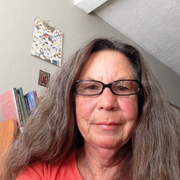
– Benay Blend earned her doctorate in American Studies from the University of New Mexico. Her scholarly works include Douglas Vakoch and Sam Mickey, Eds. (2017), “’Neither Homeland Nor Exile are Words’: ‘Situated Knowledge’ in the Works of Palestinian and Native American Writers”. She contributed this article to The Palestine Chronicle.



